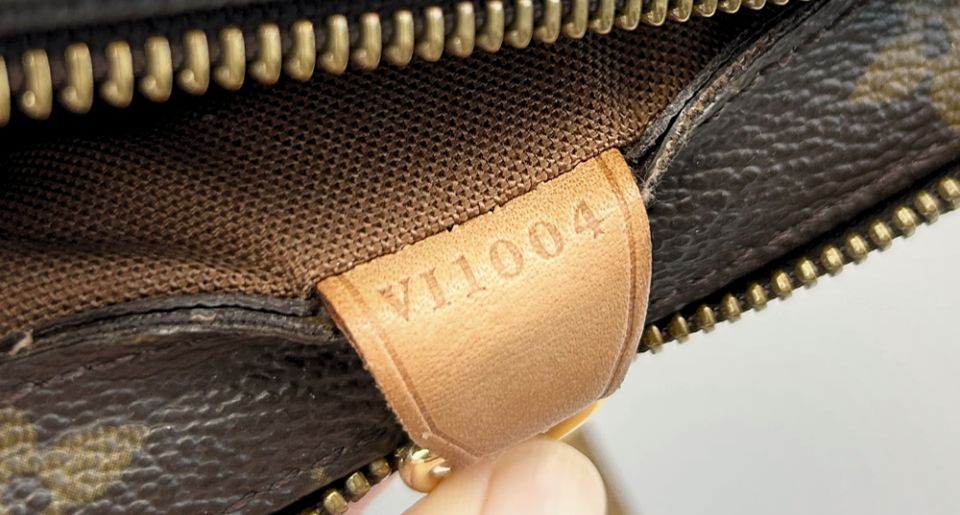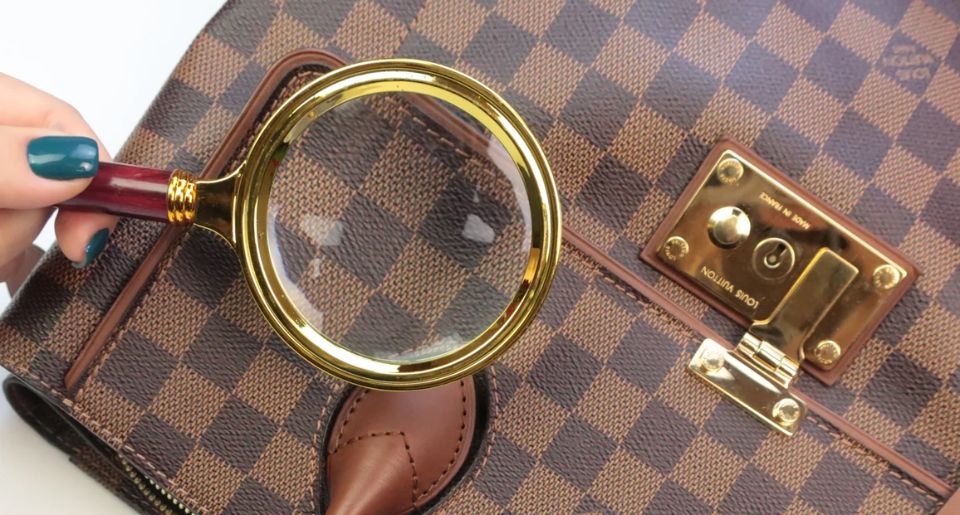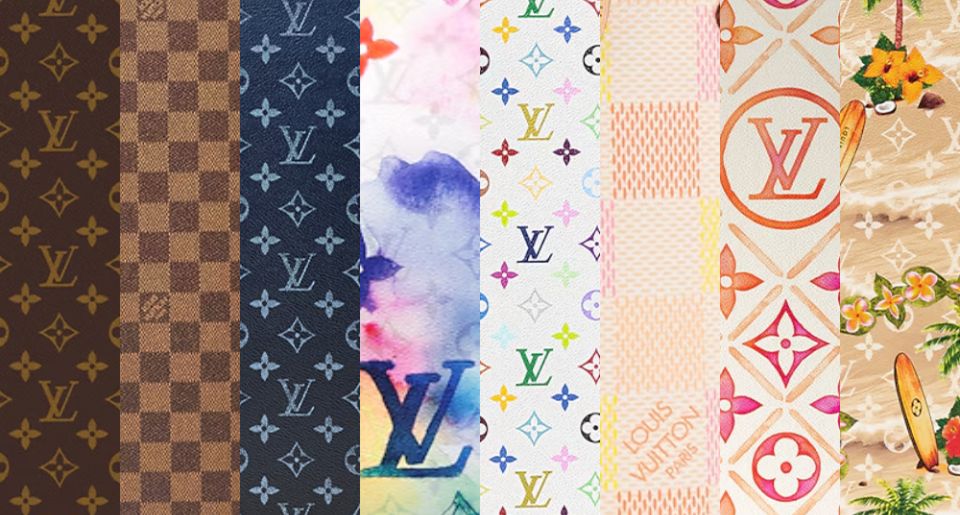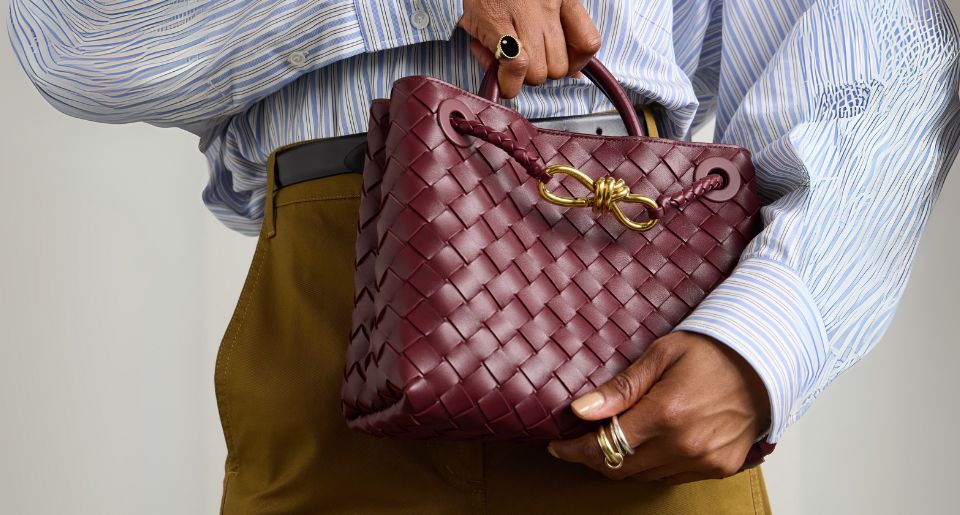A Louis Vuitton date code is more than a random set of numbers—it’s the secret to learning when and where your bag was crafted. Even seasoned collectors get tripped up: some codes look nearly identical but carry very different meanings. One small detail can flip the date with the place, and that’s where most mistakes happen.
The stress over how to read Louis Vuitton date codes is no joke, and constantly bouncing between sources on Google makes it even more frustrating. Consider this your pocket-sized cheat sheet to crack the codes that intimidate number-shy people like myself (save it on your phone for quick reference anytime!).
Decoding the Numbers
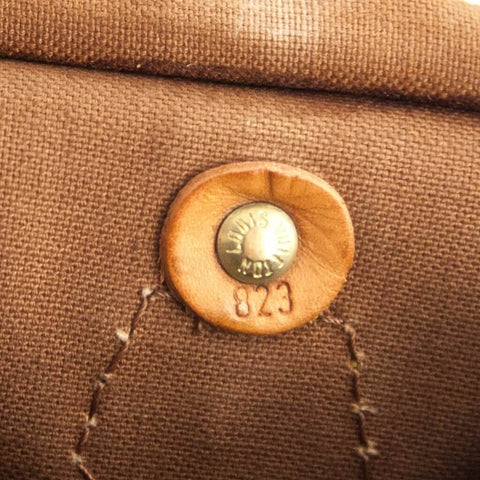
(Courtesy of Love that Bag etc)
At first glance, Louis Vuitton date codes may look identical, but they’ve actually gone through four different formats between the early ’80s and 2021.
The numbers reveal when a piece was made, while the letters point to its factory home. Letters didn’t even show up until the late ’80s, and by 2021, the whole system was replaced by discreet microchips.
Below is the quick guide to understanding how Louis Vuitton’s date code system works:
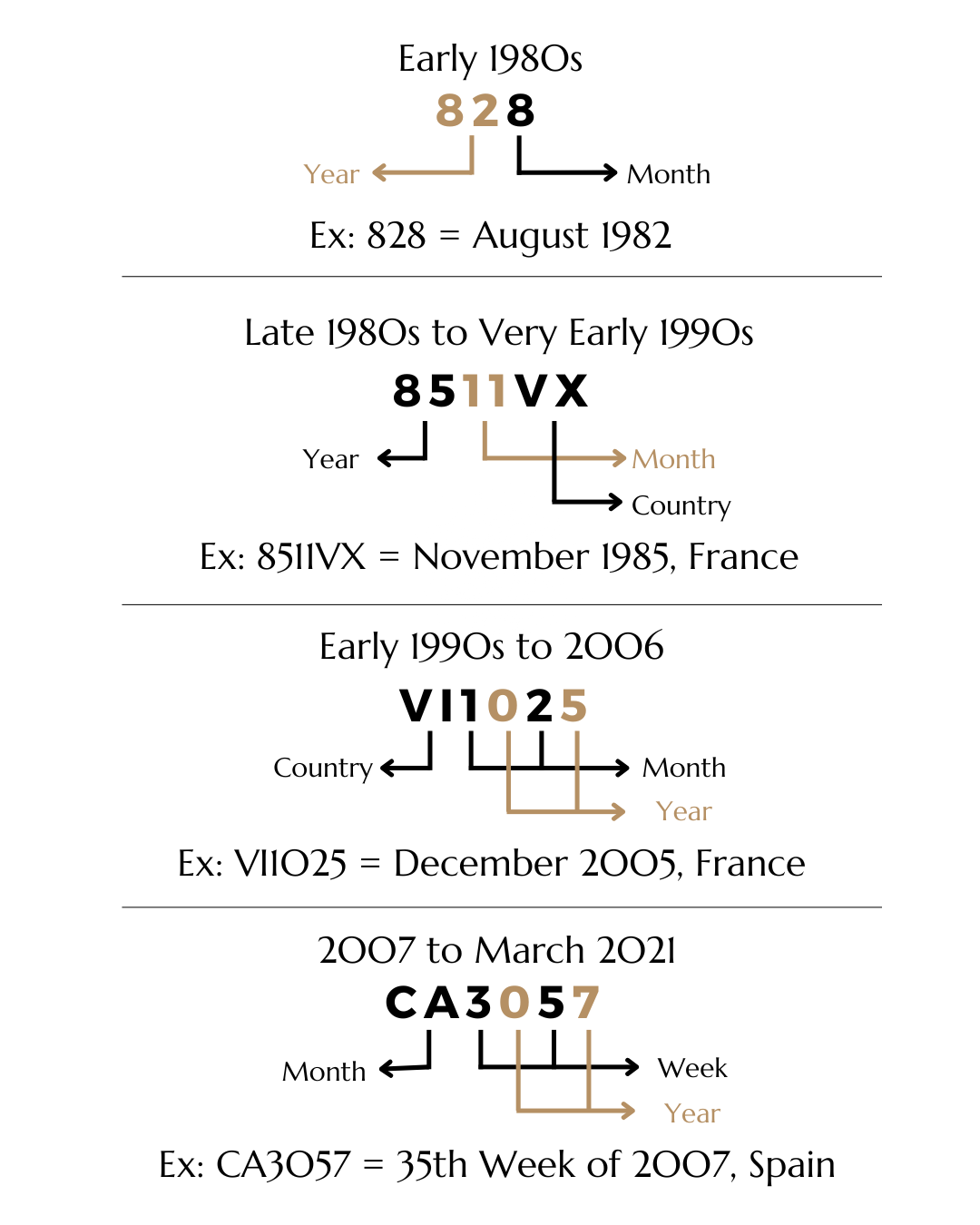
Want to read them like a pro? Keep these easy tricks in mind:
- Three Numbers Only (Early 1980s): A code made up of just three numbers with no letters means the piece comes from the early 1980s—back when Louis Vuitton hadn’t yet added factory location codes.
- Country Code at the End (Late 1980s to Early 1990s): When a code ends with two letters, that’s the country mark. These were used from the late ’80s into the very early ’90s before the format shifted again.
- Four Numbers and Two Letters (Early 1990s to March 2021): This style of code ran for decades, so spotting it alone isn’t enough—you’ll want to look at two extra details to tell the years apart:
- If the first and third digits together add up to more than 12, that’s a giveaway that the piece was made after 2007. The only catch? Items from the very start of the year can be a little tricky, so it helps to cross-check with the bag model for a clearer answer.
- If the total comes to 12 or less, the piece was probably made before 2007, and you’ll need to read the remaining numbers to pinpoint the exact month and year.
Now let’s move on to the letters and the story they tell.
Decoding the Letters
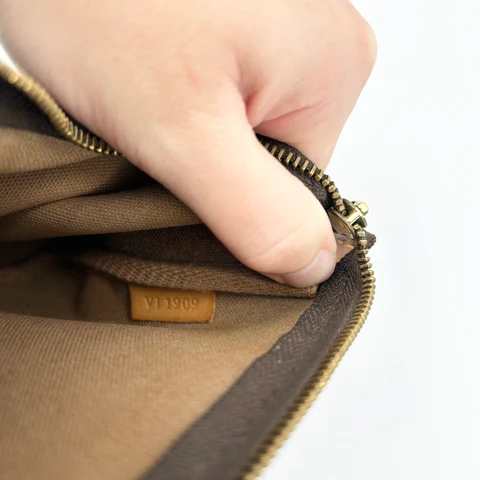
(Courtesy of Vintimié)
The letters in the code are just as important as the numbers.
Since the late 1980s, two-letter codes have been used to identify the workshop behind each piece. I’ve tried memorizing them all (and failed!), so having a chart on hand is definitely the easiest route.
One special callout: DK is used for relined or refurbished items, so it’s always worth noting when you see it.
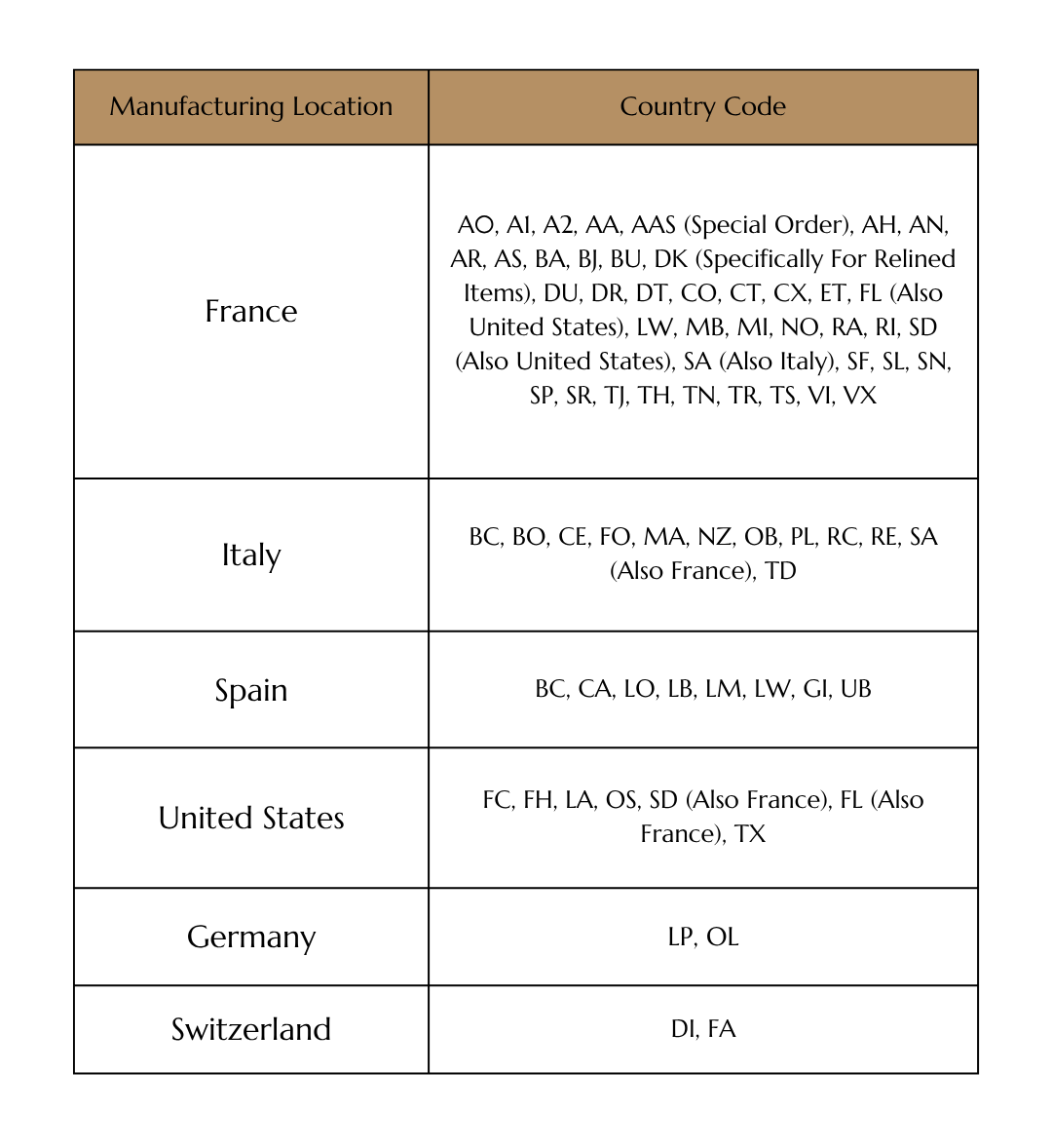
Reading about it can make the system seem a little overwhelming, so let’s break it down with some real examples to make it clearer:
1. Early 1980s
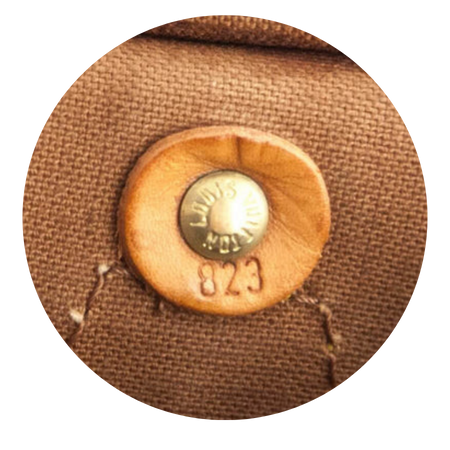
3 or 4 numbers representing the year and month.
Example: 823 = March 1982.
2. Late 1980s to Early 1990s
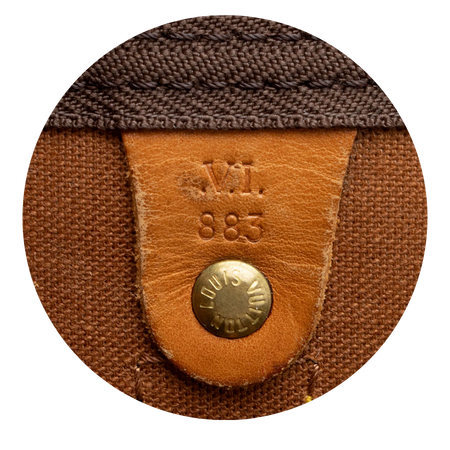
3 or 4 numbers + 2 letters representing the year, month, and country.
Example: VI883 = March 1988 (France).
3. Mid-1990s to 2006
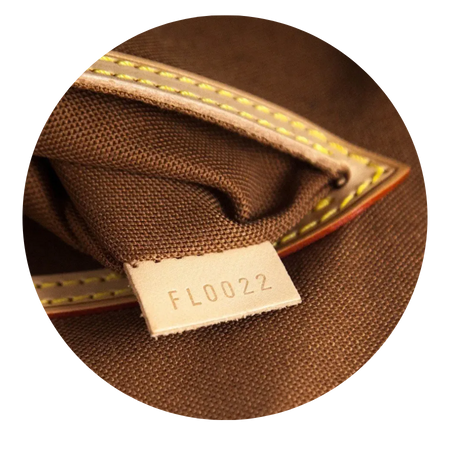
2 letters + 4 numbers representing the year, month, and country.
Example: FL0022 = February 2002 (France).
4. 2007 to March 2021
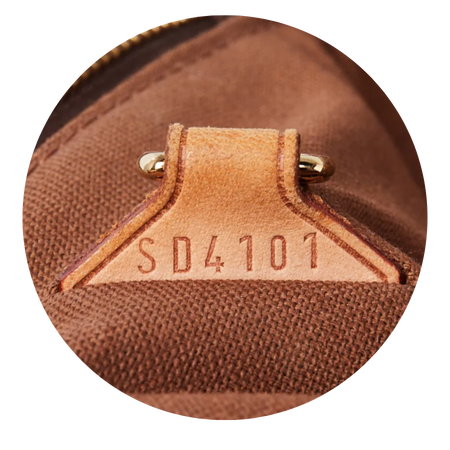
2 letters + 4 numbers representing the year, week, and country.
Example: SD4101 = 40th week, 2011 (France).
After 2021: Microchips Replace Codes
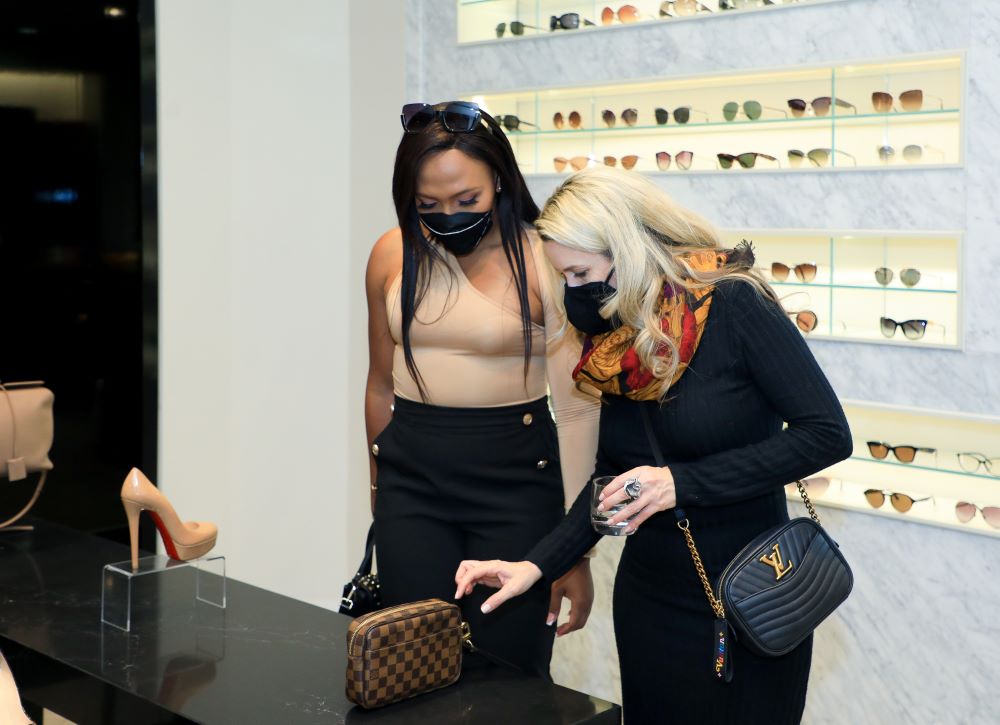
(Courtesy of Luxity)
If you’ve ever asked yourself, “My Louis Vuitton bag doesn’t have a serial number—could it be fake?” here’s the answer: not necessarily.
Starting in spring 2021, the brand began phasing out visible date codes and switched to discreet RFID tags, which can be scanned with an NFC reader. This shift makes counterfeiting far more difficult and gives buyers extra peace of mind when it comes to authenticity.
So, don’t panic if you can’t find a stamp on your Louis Vuitton piece—the absence of a serial number can actually mean the item is authentic and up to date.
Why a Date Code Alone Does Not Guarantee Authenticity
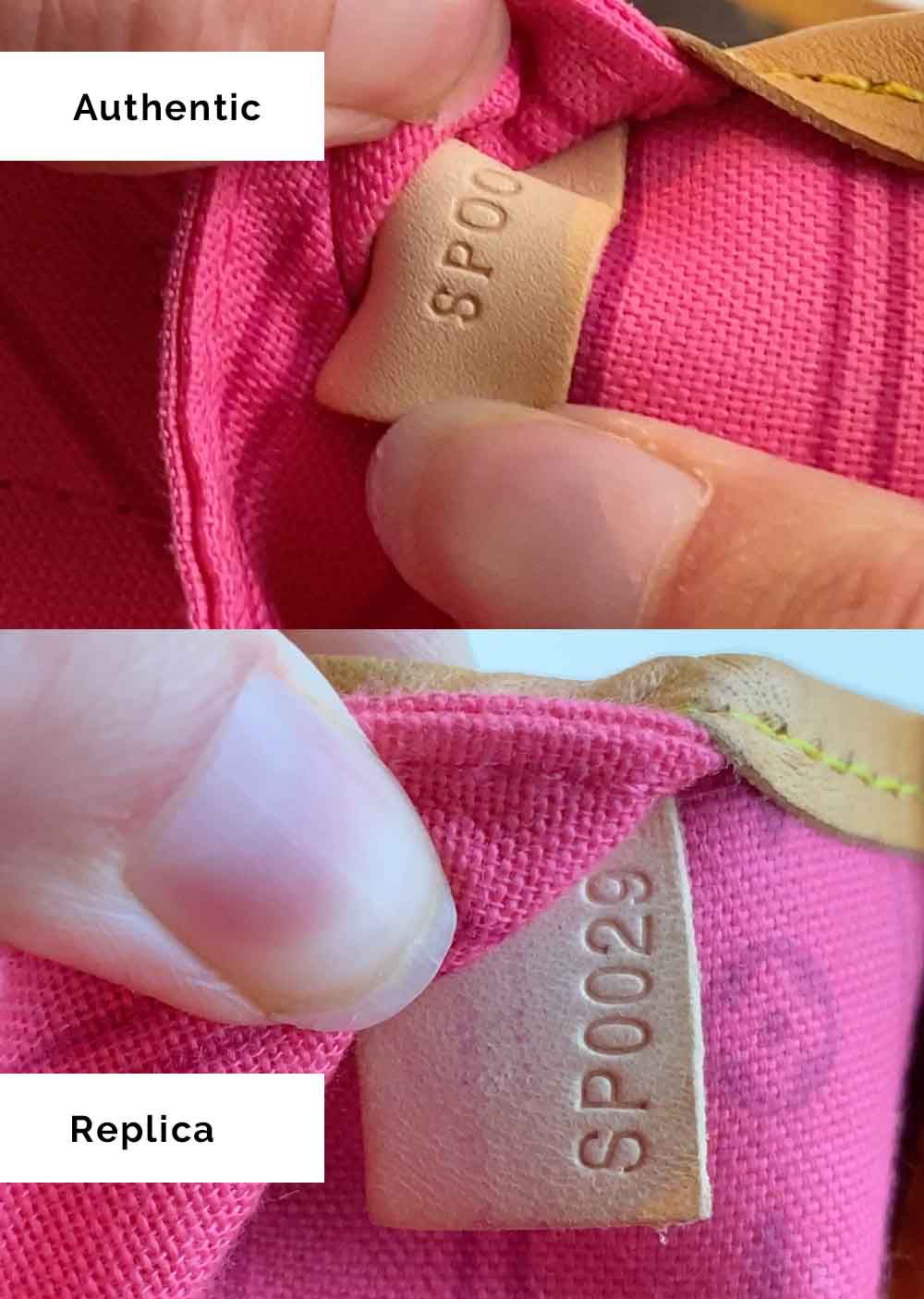
(Courtesy of Loryjoyce via Pinterest)
One last reminder for avid collectors: a correct date code is a useful data point, but it is not proof of authenticity on its own. Materials, construction, stamps, hardware, and overall provenance should tell a consistent story.
Rather not waste time second-guessing? Just head directly to the maison’s boutique—or take the online route with Japan-based platform ZenLuxe, where you’ll find a curated selection of original, secondhand LV pieces at discounted prices.
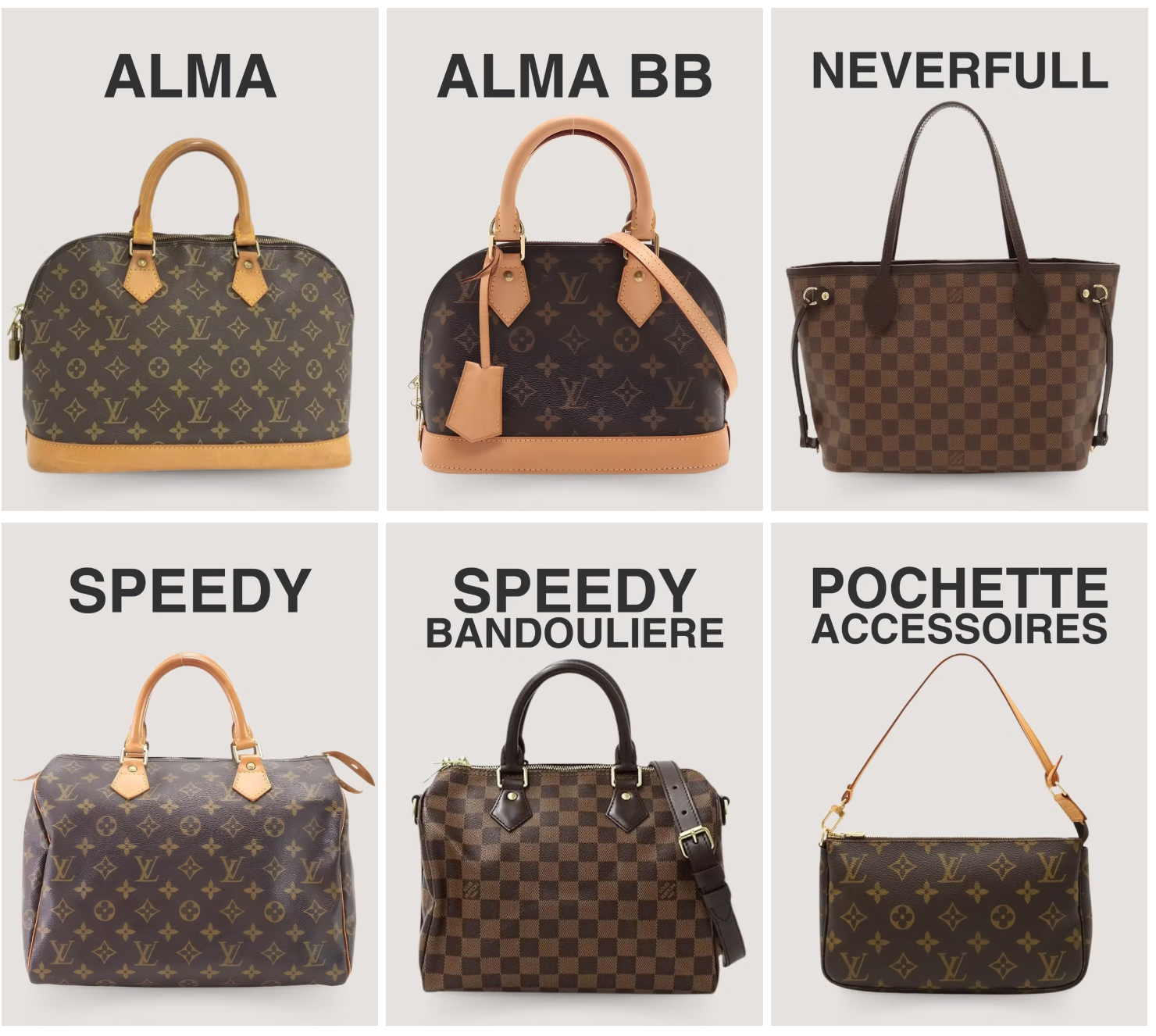
(Courtesy of ZenLuxe)
The line-up reads like every collector’s wishlist: beloved classics like the Speedy, Neverfull, Noé, and Alma, complete with modern must-haves such as the Pochette Métis, Twist, Capucines, and OnTheGo.
And because LV never stops at bags, the selection stretches to Monogram sneakers, dazzling jewelry, chic sunglasses, timeless watches, and those trendy bag charms for spoiling your favorite tote.
Every piece on ZenLuxe is verified for authenticity, so you can shop with confidence and have your items delivered straight to your doorstep!
About The Writer
Meet Mariam — a fashion writer who lives and breathes all things vogue and glamour. For her, the most therapeutic aspect of fashion goes beyond simply shopping for the latest styles that appear in stores; it’s fully experiencing this glamorous world from the little details to the big moments (there's nothing quite like the thrill of flipping through a sleek fashion magazine, is there?).

